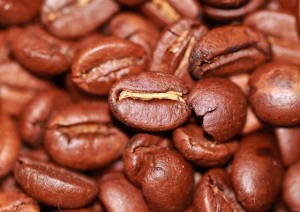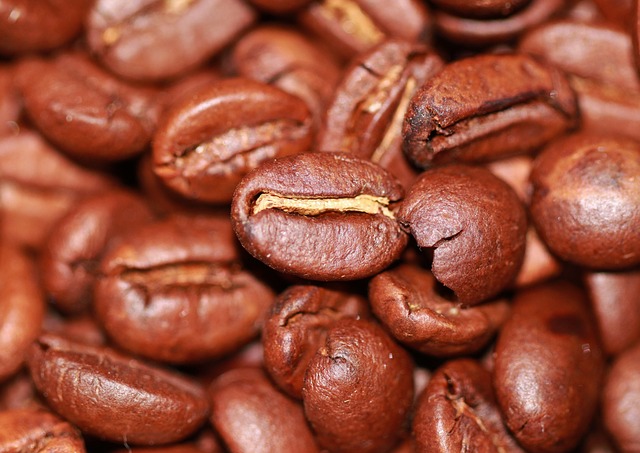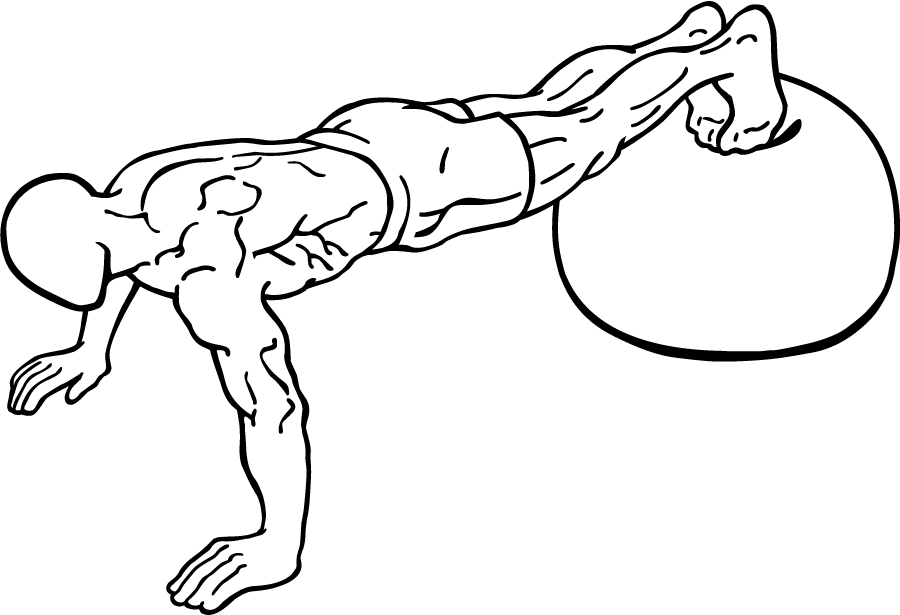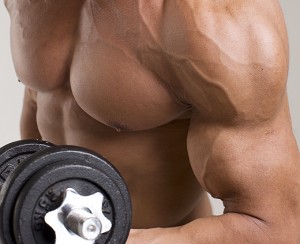When you think of energy drinks you probably think of Red Bull. However, those are packed with calories, sugar, and will cost you a ton of money over time. But what can you do when you need an inexpensive energy boost? Make your own DIY energy drink.
DIY Energy Drink Supplements
DIY Energy Drink Supplies
- Caffeine powder
- Theanine supplement
- Sugar or stevia
- Flavoring powder
- Milligram scale
- Water
To make this drink, you will need caffeine powder, theanine supplement, and some kind of sweetener such as sugar or stevia as well as a flavoring of some kind (lime powder mix, citric powder, etc).
The batch we are going to make includes 16 cups of energy drink and costs less than $0.25 per gallon. That’s significantly cheaper than your average energy drink.
Caffeine is an obvious choice, but why is theanine included? More often than not, individuals choose to take energy drinks because they need to clear their head and focus on the task at hand.
Unfortunately, caffeine often comes with the jitters. This is why theanine is an excellent addition. The two supplements work together synergistically to boost your energy and focus without the jitters to provide clean and smooth concentration.
How to Make the Drink
To make the drink, you will need to heat up your water. This is to more easily dissolve the supplements. While the water is heating go ahead and measure out your supplements using a milligram scale.
You will need 450mg of caffeine (this will give you around 30mg of caffeine per cup). Most individuals choose to supplement theanine and caffeine in a 2:1 ratio, calling for 900mg of theanine. However, if you find that makes you too relaxed, you can do a 1:1 ratio of 450mg caffeine and 450mg theanine.
For a sweeter energy drink, use 800mg of stevia. However, if you aren’t a big sugar fan start with 600mg and increase from there. As for the flavoring you chose, just follow the instructions on the package to make 1 gallon.
Once your water is done heating up, add all of the powders and stir until the supplements, especially caffeine, are completely dissolved. Then, simply pour it into a pitcher, and you’re done. You now have an energy drink for less than $0.25 per gallon!
Watch a Video Demonstration
The video transcript is available below.
How to Carbonate Your Own Water
Some people really like that carbonated feel a lot of energy drinks have. If this is the case, you can also carbonate your own water!
To do this you will need a bottle, a tire valve, cold tap or filtered water, and a way to pressurize the bottle with CO2 (most often a CO2 tank).
You can easily drill a hole in your bottle cap and insert the tire valve. Next you will want to fill the bottle with water but leave some room for air. Squeeze the bottle until the water reaches the rim and screw on the cap with the tire valve in it.
Attach the CO2 tank to the valve and fill the empty space you squeezed to fully inflate the bottle. Do not over do it, or it might explode. Now shake the bottle (still attached to the tank) to mix and dissolve the CO2. Now you can remove the cap, and you have carbonated water. You can watch this youtube video for further instruction
How to make Concentrated Caffeine Water
 What if you want concentrated caffeine water on hand to be able to easily measure a dose of caffeine? Or what if you wanted to caffeinate some of your favorite foods and products? Caffeinated alternatives are always much more expensive than their original counterparts. However, caffeine powder is incredibly inexpensive, so you can make your own caffeinated brownies if you so desired.
What if you want concentrated caffeine water on hand to be able to easily measure a dose of caffeine? Or what if you wanted to caffeinate some of your favorite foods and products? Caffeinated alternatives are always much more expensive than their original counterparts. However, caffeine powder is incredibly inexpensive, so you can make your own caffeinated brownies if you so desired.
You will need a scale accurage to 1g, preferably to 1mg; bulk caffeine powder; a 500ml-1L bottle; a funnel; and warm or hot water (filtered or distilled is preferred).
Caffeine is incredibly potent in bulk form, so be careful when dosing. A standard serving size is 50mg; however, some individuals take up to 200mg at a time. The easiest way to accurately measure out caffeine is to dilute it in water. The following method will result in a concentration of 10mg per mL. This translates to 50mg per teaspoon.
Secure your scale to your bottle and begin filling it with water (1mL is equal to 1g) until you hit your desired 100g increment (500g, 600g, etc). Make sure to leave some space to add the caffeine. When adding the caffeine, divide your water weight by 100 to determine the proper caffeine dosage. So 500g of water will need 5g of caffeine.
Now you will need to screw on the lid to your bottle and shake it. This may take some time as caffeine does not dissolve easily. To speed up this process, you could leave your bottle out in the sun, near a hot water heater, or run it under hot water to heat up the water inside. Continue shaking every few minutes until dissolved.
Unfortunately, caffeine has a very distinct and bitter taste. If you are mixing it with a flavored powder and sugar of some kind as we suggest above you will not notice the bitterness.
Now you have an easy to measure caffeine mixture. If you want to use 50mg of caffeine, measure out a teaspoon; 150mg of caffeine is equivalent to a tablespoon. Your standard cup of coffee has around 85-125mg of caffeine, so start low until you find the dosage that works best for you. Be careful though as it is possible to overdose on caffeine.
Video Transcript
Let’s make our own energy drink. It’s not carbonated, you can make about 16 cups in less than 5 minutes, and it’s a heck of a lot cheaper than buying pre-made energy drinks like Red Bull. To do this, you’ll need caffeine powder, L-Theanine, and some kind of sweetener like Stevia or sugar. I use Stevia. And also you’re going to need some kind of flavoring.I’m just using Great Value brand lime powder mix from Walmart and also food coloring. Now if you buy bulk powders, this equates to less than $0.25 for a whole gallon. I’ll put the links to where you can buy these bulk powders in the video description. First, we’ll heat up some water in the microwave for about a minute and a half.
We want to really get the water hot so that the powder’s dissolve. Then while that’s heating up, let’s go ahead and measure up the caffeine and theanine. I like to use about 450 milligrams of caffeine, that equates to about 30 milligrams per cup. I forget to turn it on here. You can adjust it accordingly.
Let’s see. And as for the ratio between caffeine and theanine, I like to use a one to one ratio. Some people like to use a two to one between theanine and caffeine, but I find that that makes me a little tired, whereas theanine is just supposed to, I’ll make this about 900 total, whereas theanine is just supposed to take the nervous edge off caffeine.
All right, close enough. Okay. We’re going to measure out for a sweetener using Stevia. I like to use about an 800 grams per gallon. You can adjust that as well. You can always add more later, maybe start with 600 and then increase it from there, it really depends upon your preference. I like mine a little sweeter.
All right. Okay. Water’s done heating up. We’re going to add our flavoring and our food coloring. Just stir until everything is completely dissolved. Then add it to the pitcher. And now you have a gallon energy drink for less than 25 cents.






 Caffeine
Caffeine 